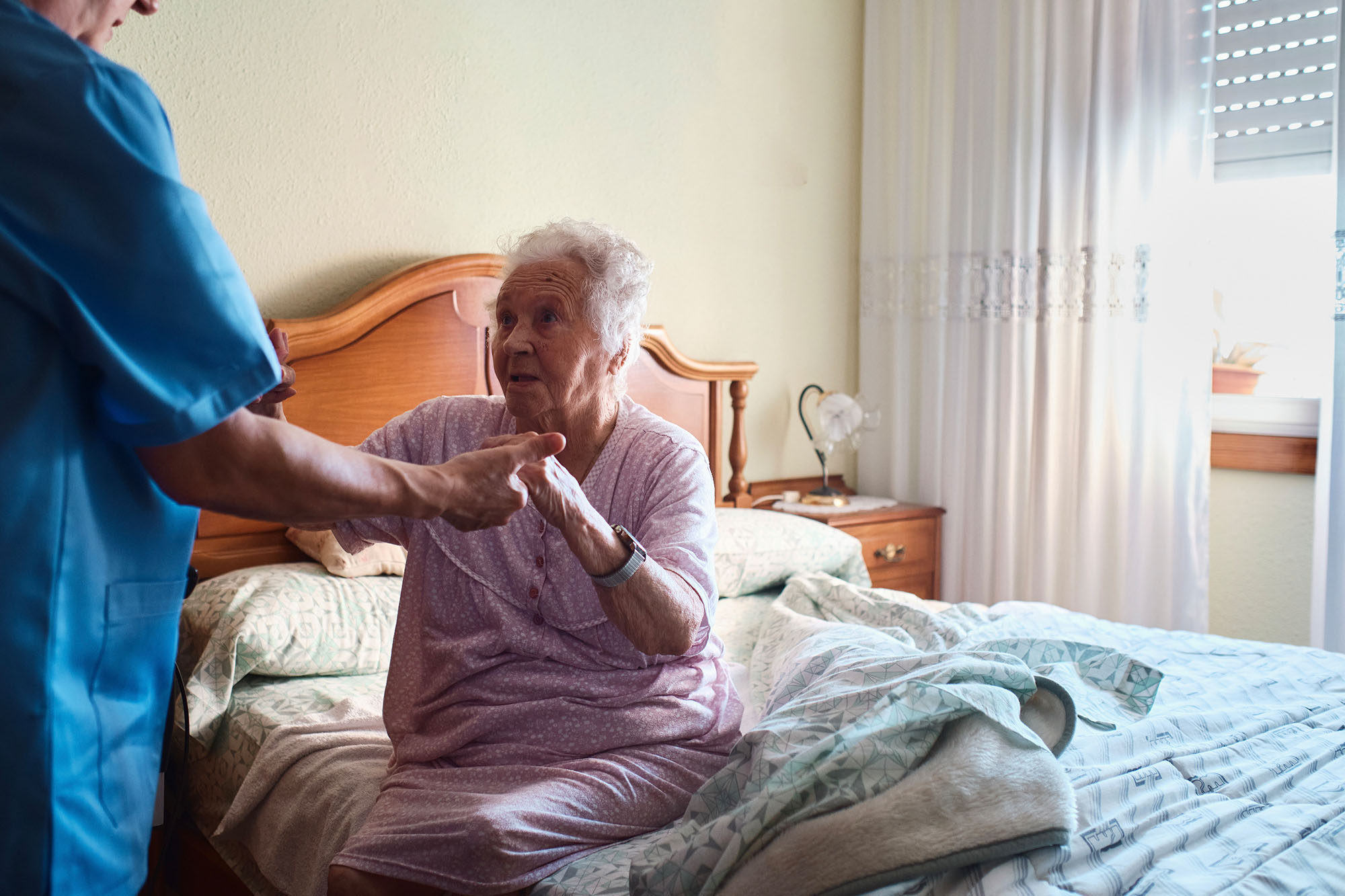Opportunities to Further Advance Palliative Care in California
Although tremendous progress has been made in palliative care (PC), not all Californians have access to quality palliative care in 2023. Even without the precise data to comprehensively assess PC capacity, utilization, quality, or equitable access to and use of services, California’s palliative care field leaders and organizations are among the first to acknowledge there is significant work left to be done. For example, clinical capacity is insufficient in settings like nursing homes and outpatient clinics, as well as in certain geographies (e.g., rural areas). Moreover, nearly a third of California public hospitals lack access to at least a half-day outpatient palliative care clinic. Even where PC capacity exists, it does not reach all who could benefit from it.
Throughout the conversations undertaken for this project, many members of the palliative care movement remarked that the field of palliative care is at an inflection point in its growth. It is no longer in start-up mode, but not yet mature enough to be a universally accepted and integrated standard of care. Stakeholders stressed the importance of maintaining momentum at this critical point in the field’s development.
To this end, contributors highlighted eight opportunities to advance the field and even accelerate the field’s momentum. Specific actions were also identified for stakeholders to help advance these opportunities. Although many common themes emerged, the opportunities and actions highlighted in this report are not meant to be definitive or exhaustive, but rather serve as a starter for ongoing discussions about priorities, goals, and collaborative efforts toward common objectives.
The palliative care movement remains strong in California. By working together on these opportunities, stakeholders can maintain momentum, sustain hard-won gains, accelerate palliative care’s growth, and ensure that all Californians have access to quality PC.
Opportunities to Advance Palliative Care in California

- Analyze data to identify areas of disparity and listen to community needs.
- Tailor programming and communication to respond to community needs.
- Expand the specialty palliative care workforce to include more clinicians of color.

- Engage with community members to improve understanding of palliative care.
- Educate providers and case managers who care for people with serious illness about palliative care benefits.
- Implement processes to identify people who would benefit from palliative care and connect them to services.
- Integrate palliative care into existing medical and social programs that serve seriously ill populations.

- Keep palliative care visible to policymakers and government organizations.
- Highlight the value of palliative care in meeting other key health care priorities.
- Increase partnerships with disease-focused and other aligned organizations that can incorporate palliative care advocacy into their own agenda.

- Expand and strengthen the workforce by increasing educational opportunities for specialty palliative care clinicians, particularly for clinicians of color.
- Increase generalist palliative care training and skills for non-palliative care clinicians.

- Refine, endorse, and adopt minimum standards and measures until federal or state mandates are put in place.
- Monitor adherence to minimum standards and the use of specified measures.

- Use bundled payments that align with optimal care delivery models.
- Build the evidence base related to payment model and amount.

- Strengthen efforts to enhance data quality for seriously ill patients.
- Develop an ICD-10 code for specialty palliative care.
- Develop and maintain a statewide database of palliative care providers.

- Embed palliative care within other inpatient and outpatient services and settings.
- Integrate palliative care with Medi-Cal’s Enhanced Care Management (ECM) services.
- Integrate palliative care with home-based medical services.






